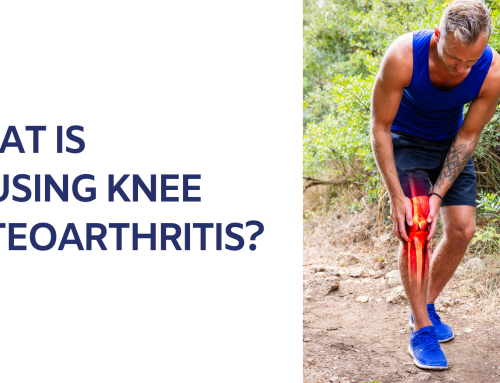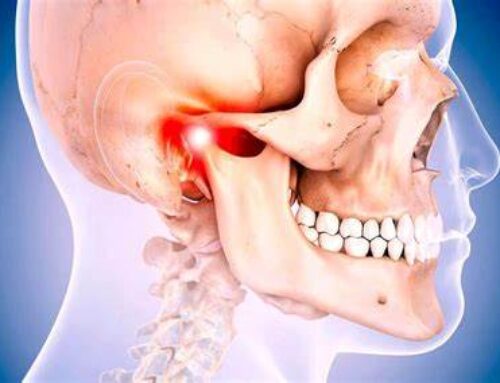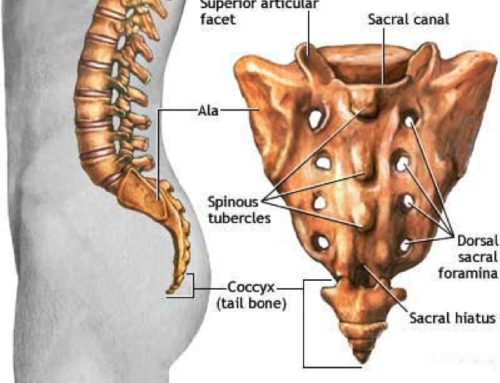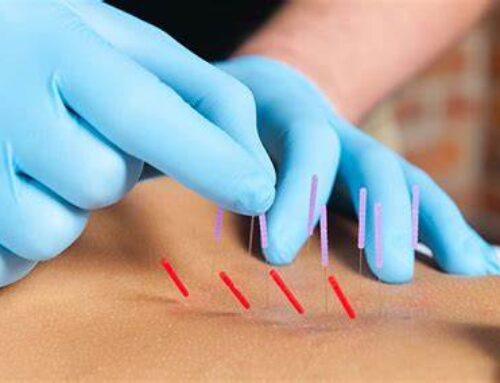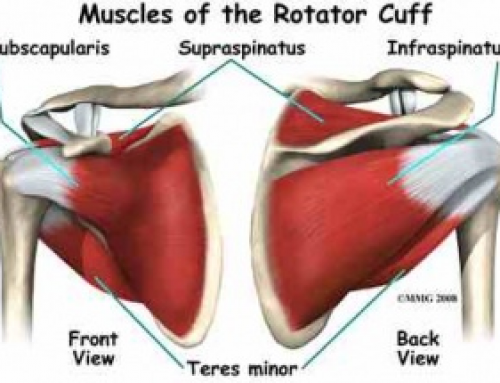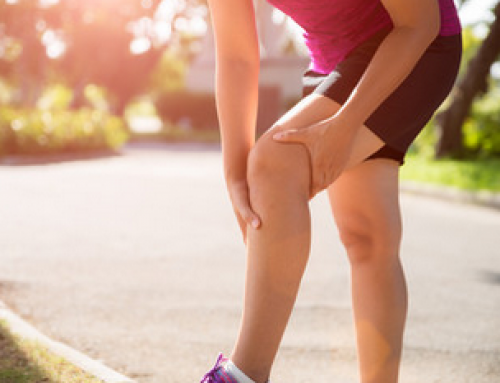After exercise or after performing your favorite recreational pass time (IE Golf, Pickleball, Running, Swimming, Tennis) it is important to get your muscles back to their normal length and basal set point (length before activity). One thing that is misunderstood about muscles is that they do not improve excursion on their own without being stretched or mobilized. So if you’re playing tennis 3x a week and not stretching after the exercise you can put yourself at high-risk for an injury.
Dynamic stretching is vital before exercise, allowing for tendon lubrication, improved blood flow, and GTO efficiency (proper length-tension ratios). Stretching after a workout is often skipped, the most vital recovery method (besides sleeping). When you exercise you are naturally making the muscle fibers tighter and shorter than their original length. If these fibers are left short or tight, it creates compensatory patterns throughout your body and the rest of the kinetic chain. Compensatory patterns will lead to one of two things: 1 pain with movement limiting functionality or 2, injuries that could have been avoided.
After exercise, you will go through what is referred to as DOMS, which stands for Delayed Onset Muscle Soreness. This phenomenon occurs when the body creates lactic acid, a byproduct in the muscle tissue from exercise. When the muscle is squeezed or engaged the lactic acid feels sharp and painful deep in the muscle. Stretching post-exercise is vital to improving DOMS and decreasing painful stimuli leftover affecting mobility.
Stretching has many variations and forms, so you may ask yourself what is the best and most effective form of stretching? No one wants to stretch for an hour after exercise to achieve what they could have done in 15 minutes with a different form of stretching. Innovative Physical Therapy to book a stretching/recovery session to learn and experience how to achieve the best results by calling (904) 280-2002 or visit mymanualpt.com.
















